Micro-scale nuclear prototype showcased in D.C.
Energy startup Last Energy took an opportunity last week to showcase a prototype of its micro-scale nuclear reactor outside a convention center in Washington, D.C.

A message from Electrical Builders, Ind.
America’s Top Performing Nuclear Plants Rely on Electrical Builders, Industries to Expand and Extend the Life of Their Critical Electrical Assets
Energy startup Last Energy took an opportunity last week to showcase a prototype of its micro-scale nuclear reactor outside a convention center in Washington, D.C.
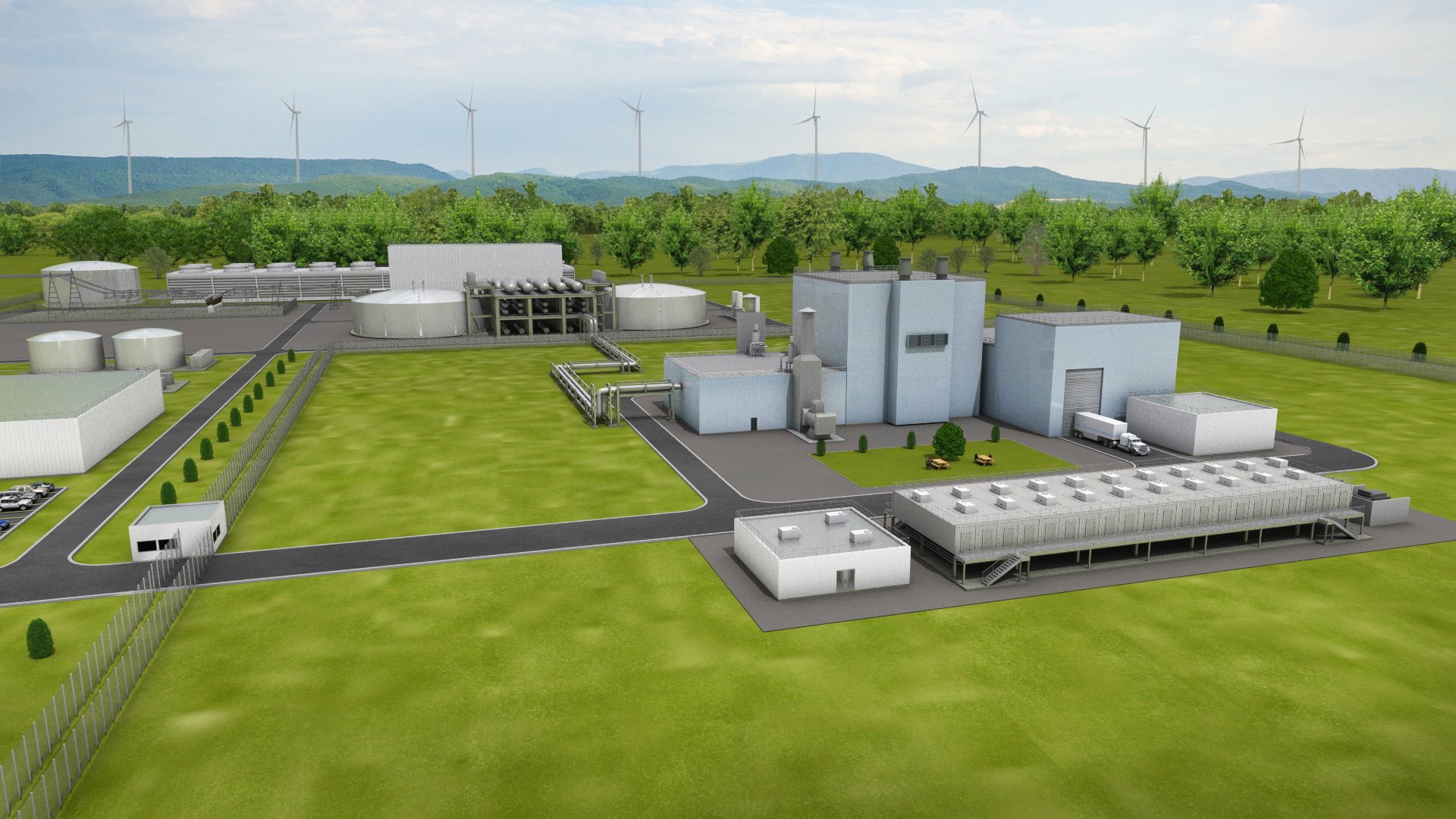
TerraPower’s application to build its Natrium nuclear power plant near Kemmerer, Wyo., is available for public viewing on the Nuclear Regulatory Commission website.

Next-generation reactor company Oklo Inc. is teaming up with Diamondback Energy Inc. to bring Oklo’s Aurora Powerhouse units to the American Southwest.
The companies signed a nonbinding letter of intent (LOI) this week to collaborate on a 20-year power purchase agreement that would provide 50 MW of electricity per unit to Diamondback’s Permian Basin operations area. The agreement lays out options to renew and extend the agreement for an additional 20-year term, since the units are designed to operate for 40 years without needing to refuel. Diamondback is an independent oil and gas company headquartered in Texas.
U.S.-based reactor company X-energy has partnered with Canadian power producer TransAlta Corp. to study the feasibility of deploying an advanced small modular reactor at a fossil fuel power plant site in Alberta.

TerraPower today submitted its formal construction permit application to the Nuclear Regulatory Commission for the Natrium reactor demonstration project—a milestone submission for the nation’s first commercial advanced reactor of its kind.
TerraPower officials said last week to expect “dirt moving” at its Wyoming site come June—and for operations to begin there as early as 2030—as it advances plans to build new nuclear in the United States. But 40-plus pages of initial commentary from the Nuclear Regulatory Commission, in the form of a preapplication readiness assessment report, may slow TerraPower’s plans.

Aleshia Duncan
Data from the African Development Bank shows that Africans have an electricity access rate of 40 percent—the lowest in the world. This statistic is one I have been hoping to bring more awareness to and positively impact. Since stepping into my role at the Department of Energy’s Office of Nuclear Energy, I have prioritized focusing on Africa, leveraging the opportunity to deepen existing relationships and forge new ones.
Developments in advanced reactor technology are opening the door to all nations and promise to be critical to attaining climate and energy security goals. As we engage various countries on the African continent regarding their desire to pursue nuclear as an important part of their energy mix, Ghana has emerged as a nation that offers a unique partner profile that is aligned with our mission to support emerging markets and build regional leaders while also being motivated by its own sense of urgency in deploying new nuclear.
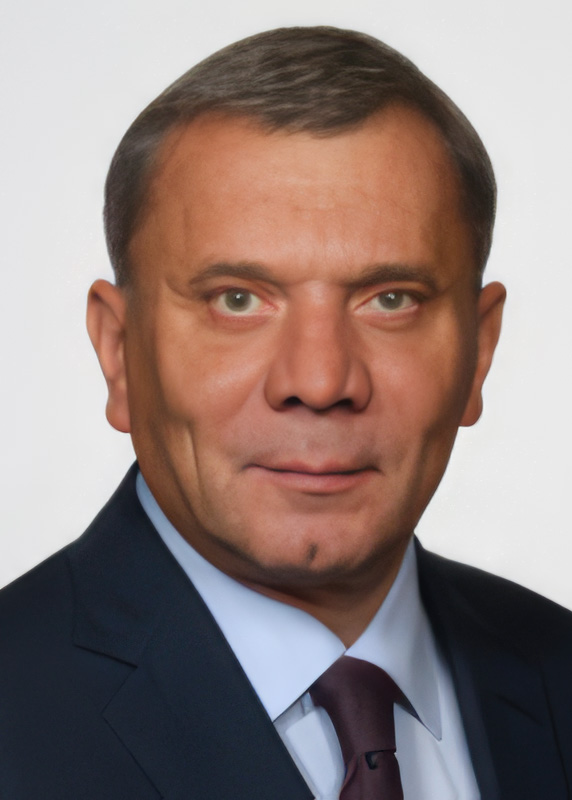
Borisov
Russian space agency Roscosmos has announced its intention to build a nuclear reactor on the lunar surface in collaboration with the China National Space Administration. According to Roscosmos director general Yury Borisov, “Today we are seriously considering a project—somewhere at the turn of 2033–2035—to deliver and install a [nuclear] power unit on the lunar surface together with our Chinese colleagues.” The reactor would apparently be used to supply power to the Russian-Chinese International Lunar Research Station (ILRS), plans for which the two nations unveiled in 2021.
These plans come on top of previously announced plans of the United States and United Kingdom for lunar nuclear reactors.
Through a trilateral agreement signed last week, nuclear regulatory agencies from the United States, Canada, and the United Kingdom will work together to expedite the licensing of advanced and small modular reactor technologies.

X-energy has opened a regional operations and training center aimed at supporting future deployment of its advanced modular nuclear reactor fleet and the operators who will run it.

Craig Piercy
cpiercy@ans.org
Spoiler alert: America has one more nuclear reactor on line.
It’s been a long, hard slog for the Vogtle reactor expansion project, and the news coverage has been tough. I would describe it as the “standard media fare” of late—a steady flow of click-inducing “breaking news” alerts on cost overruns and schedule delays. Sure, it’s all fair game in a world with press freedom, but I had hoped for more substance along with the “horse race” reporting from our Fourth Estate.
Nuclear is hard—but it’s not just nuclear. In the United States, big groundbreaking projects of all sorts veer over budget and behind schedule frequently these days, resulting in unpleasant headlines along the way. Then, when they are up and running, these facilities tend to fall out of the public spotlight, and we all start taking them for granted. But this narrative arc hides a larger truth. When Vogtle Unit 4 joins Unit 3 in commercial operation later this year, the two units together are tipped to churn out over 17 million megawatt-hours of steady 24/7 power on an annual basis. That’s more energy per year than all the windmills in California—enough to feed one million homes and businesses. It will do this for the next 60, 80, maybe even 100 years. Talk about a buried lede!

China is on pace to add as many as 10 reactors a year and may surpass the United States’ total nuclear capacity by 2030.
As part of this growth, construction is wrapping up this month on the world’s first onshore commercial modular pressurized water reactor—Linglong One, which is located in the Hainan province. That’s according to China Metallurgical News, an established news unit reporting on China’s industrial chain.
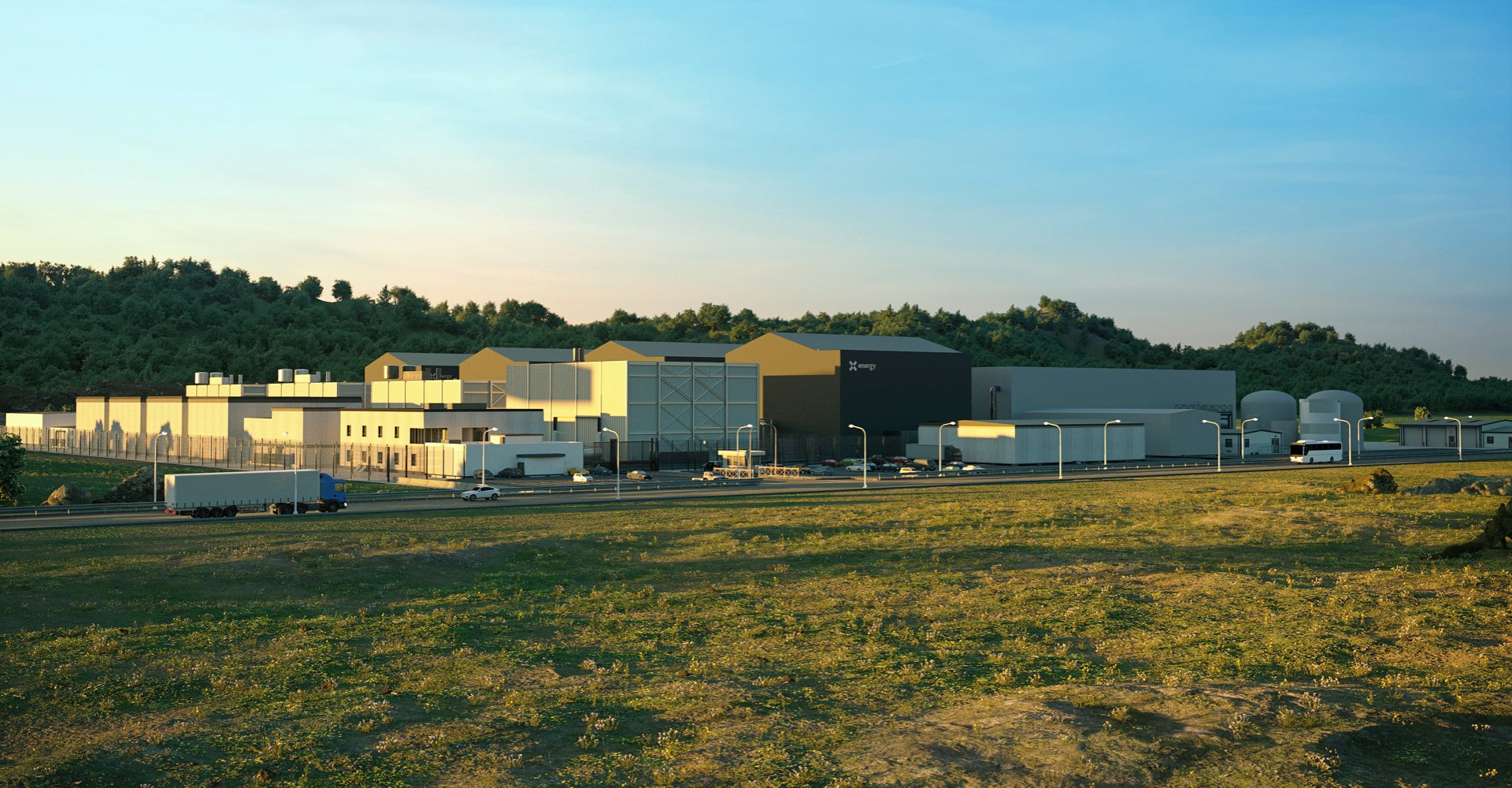
The U.S. Nuclear Regulatory Commission hosted a public meeting earlier this month for community members to learn more about X-energy’s plans to build small modular reactors at a Dow Chemical plant on the Gulf Coast of Texas.
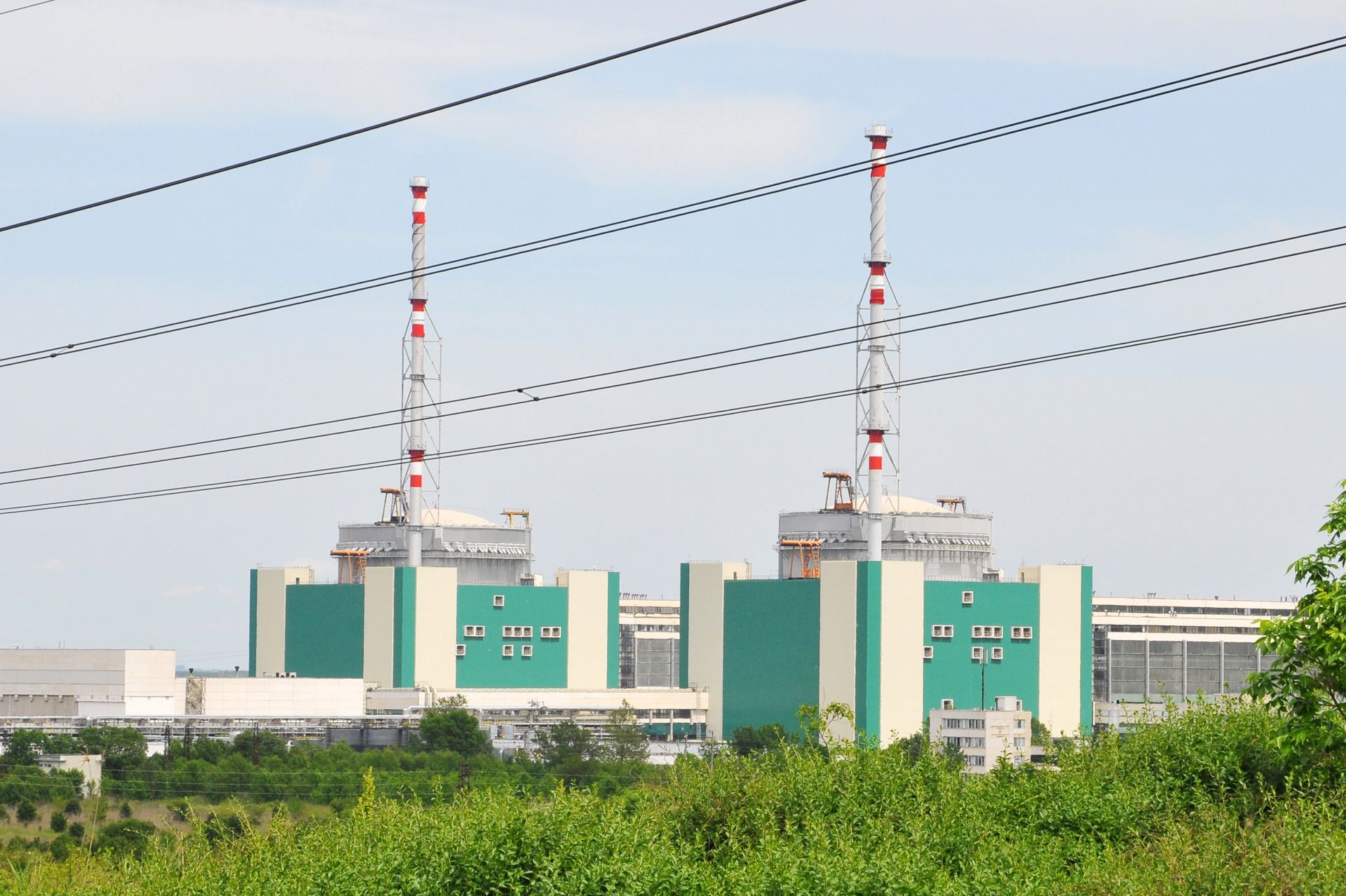
Bulgaria has shortlisted South Korea’s Hyundai Engineering and Construction team to build new reactors at Kozloduy nuclear power plant.
Of the five international companies to bid on the project, Hyundai E&C was the only one that met the requirements of project company Kozloduy NPP—New Builds Plc. for the commissioning and construction of two new Westinghouse Electric AP1000 reactors, the Bulgarian firm said. Bids were due February 2.
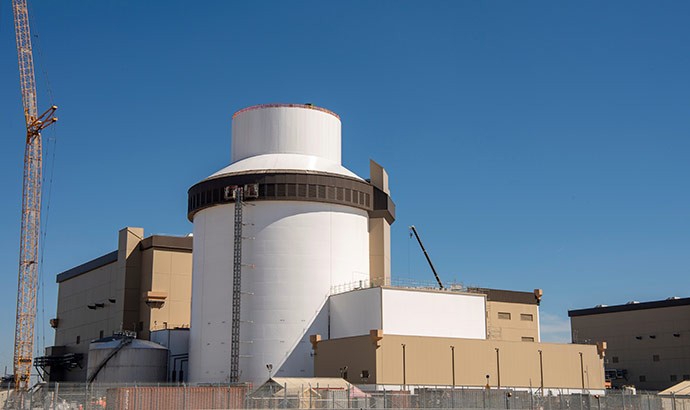
The long-awaited fourth unit at Plant Vogtle has hit another delay.
Atlanta-based Southern Co. announced last week that vibrations in the cooling system in Unit 4 require additional work that will push the reactor’s start date from the first quarter this year to the second quarter. The company said the problem is already fixed, but there is too much additional testing needed to meet a first quarter deadline.
Nuclear Safety Design Criteria and Functional Performance Requirements for Liquid-Fuel Molten Salt Reactor Nuclear Power Plants (ANSI/ANS-20.2-2023) has just been issued and is now available for purchase. It was developed by the American Nuclear Society and received approval from the American National Standards Institute (ANSI) on January 4.
The United Kingdom’s Future Nuclear Enabling Fund (FNEF) awarded £33.6 million (about U.S.$42.8 million) to GE Hitachi Nuclear Energy last week.
The move comes as part of the FNEF’s support for growing the Britain’s generation of 24 GW of nuclear by 2050. The country currently produces around 9,100 megawatts per year.
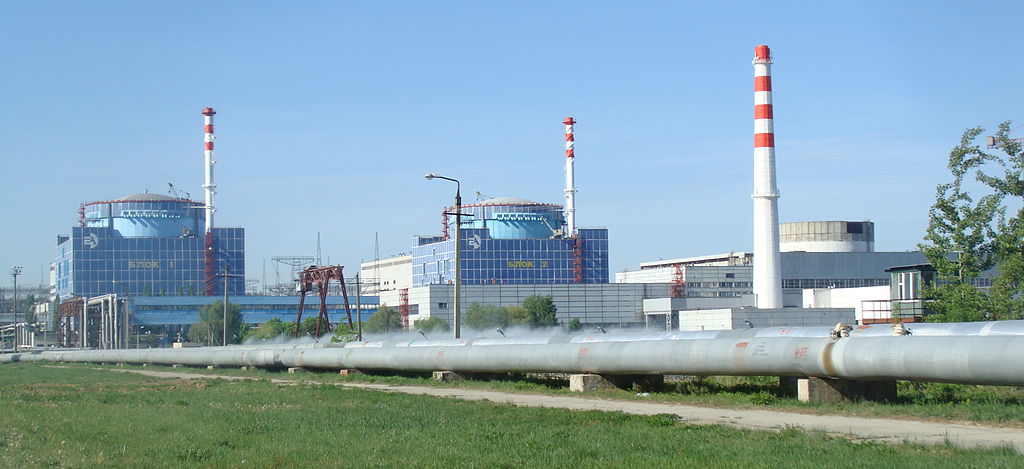
Ukraine plans to start construction on four new nuclear plants this summer or fall, the country’s energy minister said in televised remarks today.
The quicker timeline aims to compensate Ukraine for lost energy capacity as its war with Russia continues. Ukraine’s government, however, still needs to sign off on the plans.
“We need vessels,” said energy minister German Galushchenko.

Wesoff
According to an admittedly informal and unscientific survey of people from online “nuclear affinity groups” conducted by Eric Wesoff, the editorial director for clean energy newsroom Canary Media, there is no consensus regarding when the next nuclear power plant will come on line in the United States. Wesoff recently reported that upon polling his nuclear-connected network on LinkedIn, X, and Reddit, he found that “the responses were all over the map.”
Nuclear renaissance? Wesoff was prompted to try his survey about the expected date for the next nuclear plant because “conditions are perfect for the American nuclear renaissance.” He cited strong support for the nuclear industry from the Department of Energy as well as from public opinion polls and online “influencers.” He thought therefore that he would find confident predictions for when the next new U.S. reactor would go on line. Instead, he found uncertainty and varied responses.

This article is the first in a series that will examine the history of small modular reactors.
Small and medium reactors have been an integral part of the U.S. nuclear power enterprise since the early days of the industry. Many of the designs for the next generation of reactors are rooted in the designs of the 1950s and ’60s, but the development and push for deployment have gained momentum only within the last decade.
This recent momentum led a reader of Nuclear News to suggest an article reviewing the history of small modular reactors. NN staff jumped on this idea, deciding a series of articles would do better justice to such a complex and interesting topic.